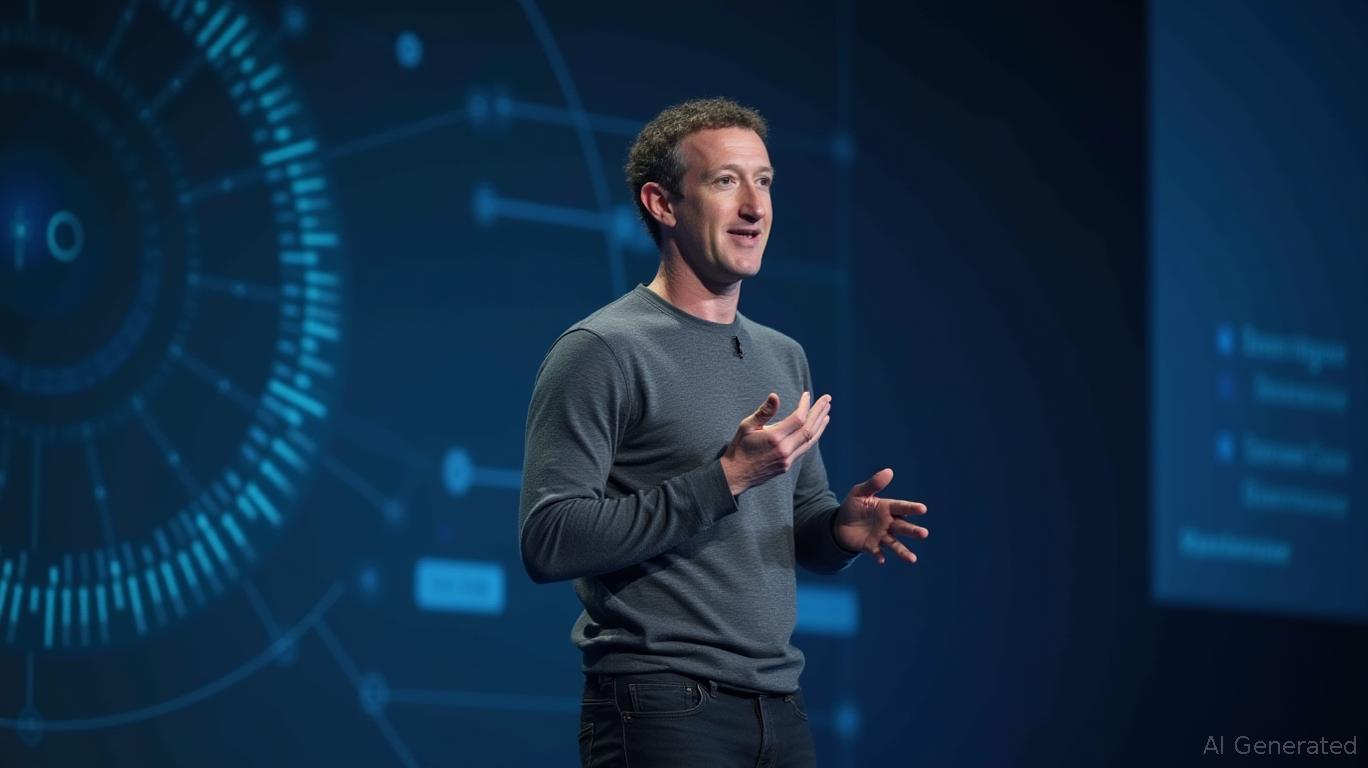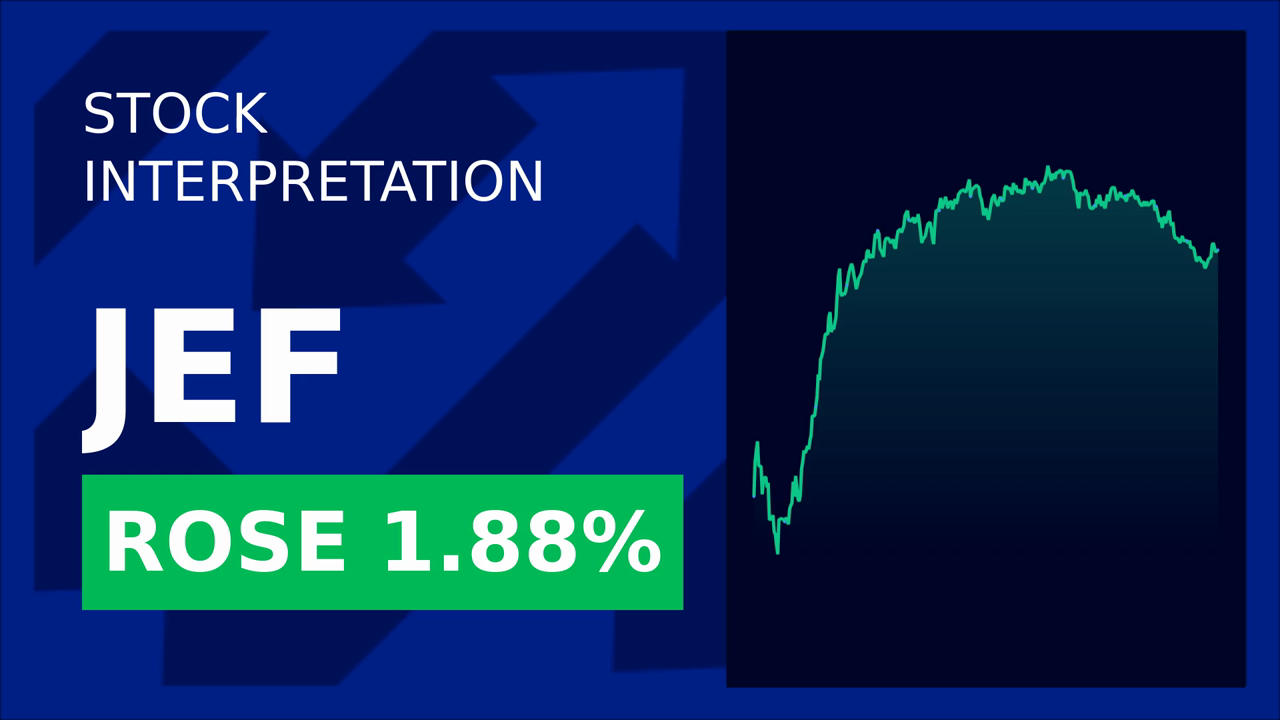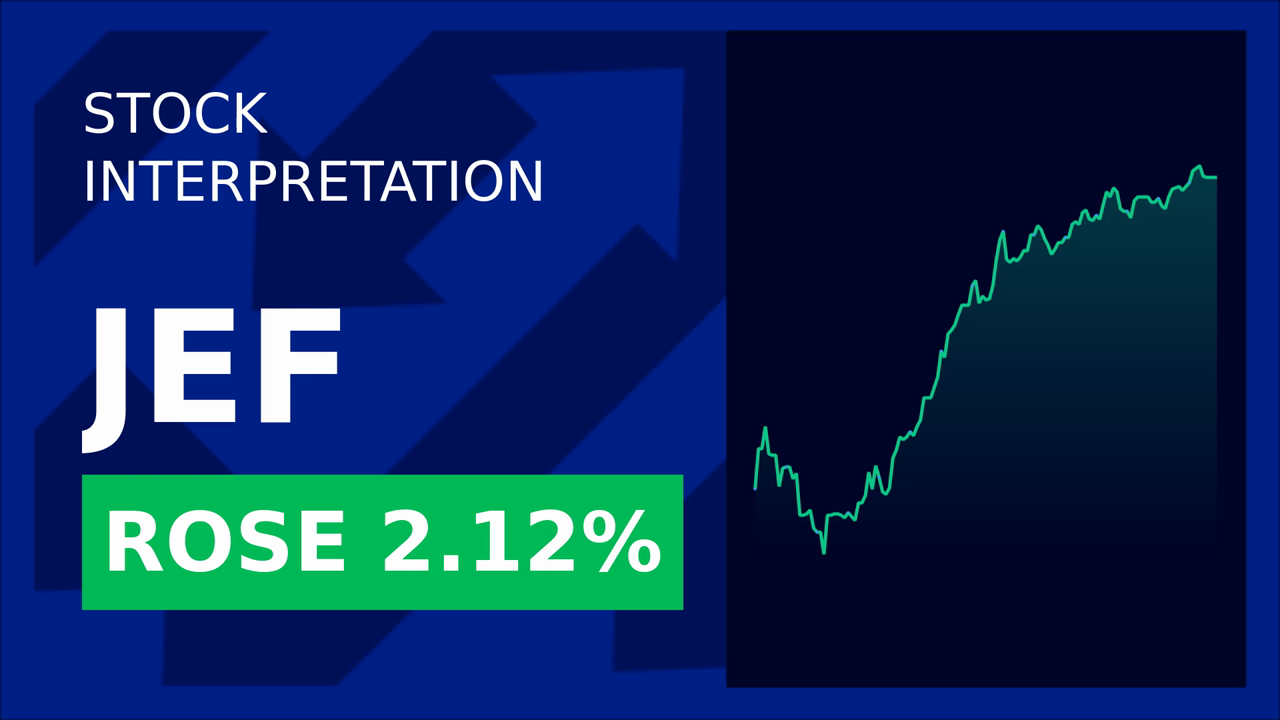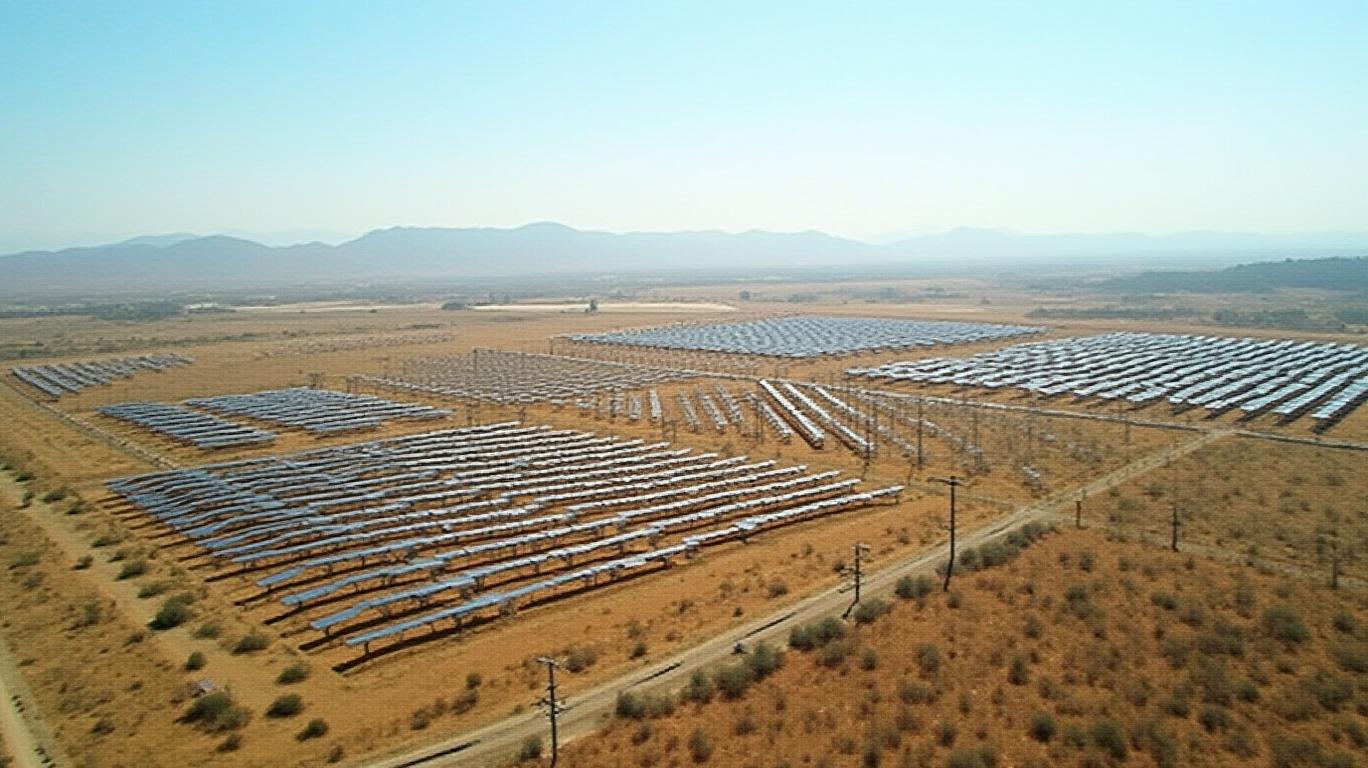PG&E's Regulatory Resurgence: Why Jefferies Sees $22 Ahead
PG&E Corporation (PCG) has long been a poster child for the challenges facing utilities in an era of climate change, regulatory scrutiny, and evolving energy demands. But recent developments suggest the company is turning a corner. Jefferies’ decision to raise its price target to $22 from $20—and reaffirm its Buy rating—reflects a growing confidence in PG&E’s ability to stabilize its financial footing, navigate regulatory hurdles, and position itself for long-term growth.

The Catalyst: Regulatory Clarity and Financial Progress
The price target upgrade hinges on PG&E’s progress in resolving its most pressing issue: wildfire liabilities. The company’s $13.5 billion settlement with wildfire victims, finalized in early 2025, has reduced uncertainty around its balance sheet. This, combined with a 6.8% rate increase approved for 2026, has bolstered cash flow projections. Analysts at Jefferies note that these moves have stabilized PG&E’s equity position, enabling it to fund its $63 billion five-year capital plan without dilution.
Key Drivers of the Price Target Increase
Wildfire Safety Investments:
PG&E’s first-quarter 2025 results showed tangible progress in safety upgrades. The company installed 24 miles of underground powerlines and 26 miles of reinforced poles in high-risk areas—a critical step toward meeting regulatory mandates. Plans for 2025–2026 include expanding this work to 700 miles of underground lines, reducing the risk of wildfire-related outages and liability.Rate Stability and Customer Growth:
Average residential electric rates fell in March 2025 compared to the prior year, while natural gas rates are expected to remain flat. PG&E added 3,000 new electric customers and 400 EV charging ports in Q1, signaling beneficial load growth that could ease grid constraints and support future rate structures.Operational Efficiency:
Non-fuel operating and maintenance (O&M) costs are on track for a 2% reduction in 2025, driven by automation and process improvements. The Diablo Canyon Power Plant’s top Nuclear Regulatory Commission rating underscores PG&E’s commitment to operational excellence.
Navigating Near-Term Headwinds
Despite the positive momentum, PG&E still faces hurdles. The company’s Q1 2025 GAAP EPS of $0.28 fell short of the prior-year’s $0.34, due to a reduced return on equity (down to 10.28% from 10.7%) and equity dilution from a 2024 offering. Additionally, $350–$400 million in unrecoverable interest expenses and wildfire-related costs (e.g., $54 million post-tax for the Kincade and Dixie fires) weigh on near-term results.
The Case for Long-Term Growth
Jefferies’ optimism stems from PG&E’s alignment with California’s climate goals. Its investments in grid modernization, renewable energy projects, and wildfire mitigation not only meet regulatory requirements but also position the company to capitalize on demand for resilient infrastructure. The firm’s 9% EPS growth guidance through 2028 assumes continued execution on these fronts, including:
- Finalizing wildfire reforms by late 2025 to secure regulatory clarity.
- Leveraging its funded capital plan to sustain infrastructure upgrades.
- Maintaining cost discipline to offset non-GAAP adjustments.
Conclusion: A Buy With Clear Catalysts
Jefferies’ $22 price target reflects a blend of near-term stability and long-term potential. With wildfire liabilities largely resolved, a rate case win in 2026, and $63 billion in capital investments backing growth, PG&E appears well-positioned to deliver on its 9% EPS growth target. While regulatory risks remain, the company’s progress in safety, rate stability, and customer acquisition bodes well for investors.
For investors, PG&E’s stock—a microcosm of the broader utility sector’s transition—offers a compelling entry point. With Jefferies’ upgrade and a 10% upside to its current price, the stock could be primed for a sustained rally as PG&E solidifies its comeback story.










